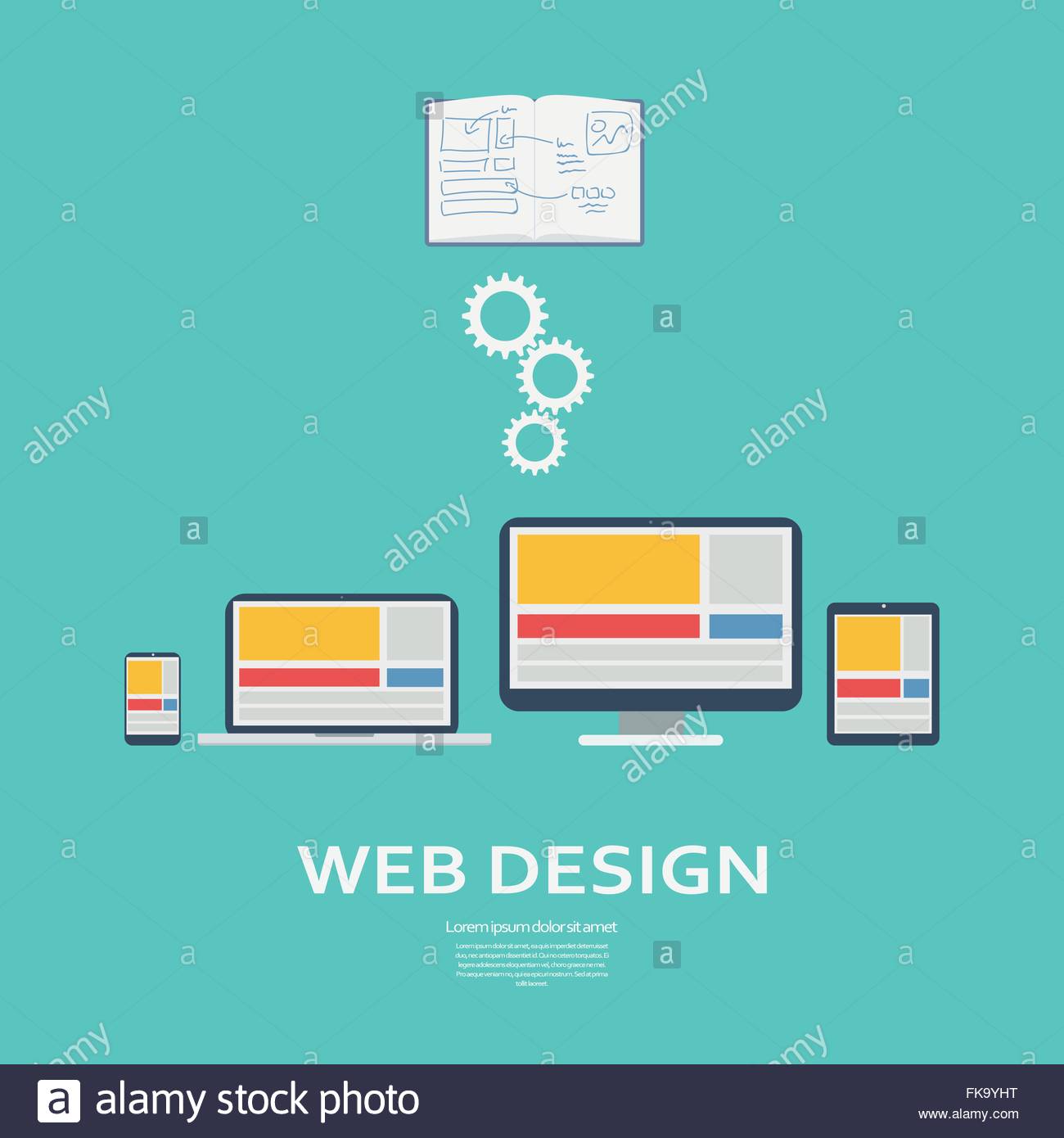Intrigued In Finding Out Exactly How Internet Site Layout Has Developed For Many Years? Check Out The Journey From Simple Styles To User-Centered Methods
Intrigued In Finding Out Exactly How Internet Site Layout Has Developed For Many Years? Check Out The Journey From Simple Styles To User-Centered Methods
Blog Article
Write-Up Composed By-Rasmussen Lunde
In the past, sites were straightforward and concentrated on details. Navigation was direct, and design was for desktop computers. Now, user experience is key. Information guides designs for simple navigating. Receptive designs suit different devices. Today, dark setting lowers stress, and minimalist menus boost navigating. Interactive features engage users, and bold visuals stick out. AI integration enhances involvement. See how layout has progressed to boost your on-line trip.
Very Early Days of Web Design
In the very early days of website design, simplicity reigned supreme. Internet sites were standard, with restricted colors, fonts, and formats. The focus got on giving info as opposed to showy visuals. Individuals accessed the net with slow dial-up links, so speed and performance were vital.
Navigating menus were straightforward, normally situated at the top or side of the page. Websites were created for home computer, as mobile browsing had not been yet widespread. Content was king, and designers focused on easy readability over complicated layout components.
HTML was the key coding language used, and developers needed to work within its restraints. Computer animations and interactive features were very little compared to today's requirements. Sites were fixed, with little vibrant content or customized customer experiences.
Increase of User-Focused Design
With the advancement of site style, a change towards user-focused style principles has actually become progressively popular. Today, creating sites that prioritize user experience is critical for engaging visitors and accomplishing service objectives. User-focused layout entails recognizing the needs, preferences, and behaviors of your target audience to customize the website's design, material, and features accordingly.
Designers now carry out detailed study, such as user studies and functionality screening, to gather insights and comments directly from individuals. This data-driven method assists in producing intuitive navigation, clear calls-to-action, and aesthetically attractive user interfaces that resonate with visitors. By placing the customer at the center of the style process, websites can deliver an extra tailored and pleasurable experience.
Receptive style has likewise become a key facet of user-focused style, ensuring that internet sites are enhanced for different devices and display sizes. This adaptability boosts access and usability, satisfying the diverse means customers interact with web sites today. Essentially, you can try this out of user-focused style symbolizes a change in the direction of producing electronic experiences that focus on the demands and expectations of completion individual.
Modern Trends in Web Design
Check out the most up to date trends shaping web design today. One famous pattern is dark setting style, providing a smooth and modern look while lowering eye stress in low-light atmospheres. One more key pattern is minimal navigation, streamlining food selections and boosting user experience by concentrating on essential elements. Incorporating https://www.searchenginejournal.com/create-smb-marketing-strategy-callrail-spcs/454102/ -interactions, such as animated switches or scrolling impacts, can produce a more appealing and interactive site. Receptive design continues to be essential, making certain smooth individual experiences throughout numerous tools. In addition, using bold typography and asymmetrical designs can add visual interest and accentuate particular material.
Integrating AI technology, like chatbots for customer support or personalized referrals, enhances user involvement and streamlines processes. Ease of access has also become a substantial fad, with designers prioritizing inclusive design methods to cater to varied individual demands. Embracing sustainability by optimizing web site performance for speed and efficiency is an additional arising fad in website design. Collaborating with individual feedback and information analytics to iterate and improve design constantly is vital for staying relevant in the ever-evolving electronic landscape. By welcoming these modern-day trends, you can create an aesthetically appealing, straightforward site that reverberates with your target market.
Verdict
As you assess the development of internet site design from the early days to now, you can see exactly how user-focused layout has come to be the driving force behind modern patterns.
Embrace the trip of adjustment and adaptation in website design, constantly keeping the individual experience at the center.
Stay existing with the latest fads and modern technologies, and never stop progressing your technique to create aesthetically stunning and easy to use web sites.
Develop, adapt, and produce - the future of website design remains in your hands.
